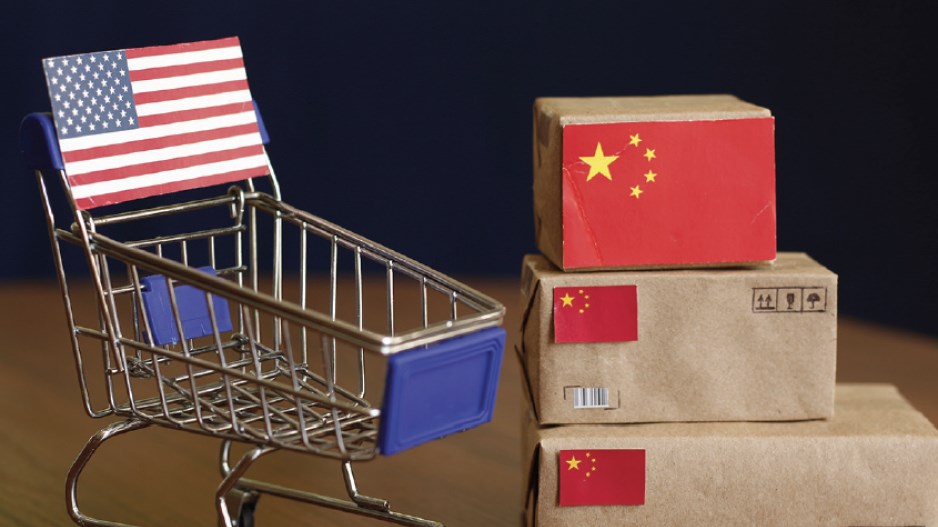Canadian producers with significant exports to the Chinese market may fear losing business to American counterparts after the signing of the Phase 1 China-U.S. trade deal in January, but those fears may be unfounded, one analyst says.
That is because the Phase 1 agreement between Washington and Beijing (essentially the Donald Trump White House and Chinese President Xi Jinping), without reliance on an international authority like the World Trade Organization, is completely different from the agreements typically described by the term “trade deal,” said former U.S. foreign trade officer Sean King, now an affiliated scholar with the University of Notre Dame’s Liu Institute for Asia and Asian Studies.
Since the Phase 1 deal does not require legislative or congressional approval to proceed, King said, it is more flexible than most trade agreements – which renders it easier to nullify. It could be made moot, he said, simply by either China or the United States not following through with the deal.
Phase 1 calls for Beijing to purchase an additional US$200 billion in U.S. goods and services above 2017 levels for the next two years.
“Canadians are right to be concerned, but don’t freak out just yet; let’s first see if Beijing actually buys the stuff,” King said, noting a number of reasons that could cause China to delay, reduce or outright cancel the plan. The Phase 1 deal as it stands has “key structural issues” and may be “unenforceable in and of itself,” he said.
“Beijing may not follow through on its promised U.S. agricultural purchases, for example, if there isn’t sufficient [Chinese] market demand,” he said. “Or, Xi Jinping may hold back on some aspect of the deal to express his displeasure over Trump’s continually moving closer to Taiwan. Another major U.S. arms sale and/or Taiwan presidential visit could result in Xi striking back via trade.”
China’s consumer consumption is projected to take a major hit this year due to the coronavirus COVID-19 outbreak that has killed more than 2,000 people in the country while forcing Chinese authorities to put entire regions under lockdown to limit the disease’s spread. According to a recent Oxford Economics monthly report, China’s GDP growth is expected to fall to 3.8% year-over-year in the first quarter of 2020, and the forecast for the year is now only 5.4% – 0.6 percentage points lower than previous projections.
Media reports show Chinese stores, typically flooded with Lunar New Year patrons, now almost empty on even the busiest days. Companies like Canada Goose Holdings Inc. have already said the outbreak has created a “material negative impact” on business because of low consumer demand – a trend that has also spread to commodities such as food products and energy, with transportation in China largely grounded or limited.
Previously, a policy brief from the Asia Pacific Foundation of Canada put B.C. exports like oysters, clams, grapes, blueberries and cranberries at risk because of the Phase 1 deal. Foundation research specialist Kai Valdez Bettcher says in the report that Beijing may switch imports away from suppliers in Canada to U.S. counterparts to fulfil the trade deal’s quotas, since demand within China isn’t likely to grow by US$200 billion in two years.
“The deal does not get into the specifics of how much of each good must be purchased by China from the U.S., with only high-level totals for agriculture, manufactured goods, and energy products outlined,” Valdez Bettcher said. “This adds another layer of uncertainty to the deal, as it leaves China in the highly discretionary position of being able to decide what it might cut from other economies, and when.”
King said that also means Beijing can decide to not buy as much from the United States as agreed upon, which would then likely result in Trump levying new tariffs against Chinese goods, reigniting a trade war that has simmered in recent months. Observers have said that an extended trade war between the world’s two largest economies – also Canada’s two largest trade partners – also isn’t ideal for B.C. businesses highly reliant on both markets.




